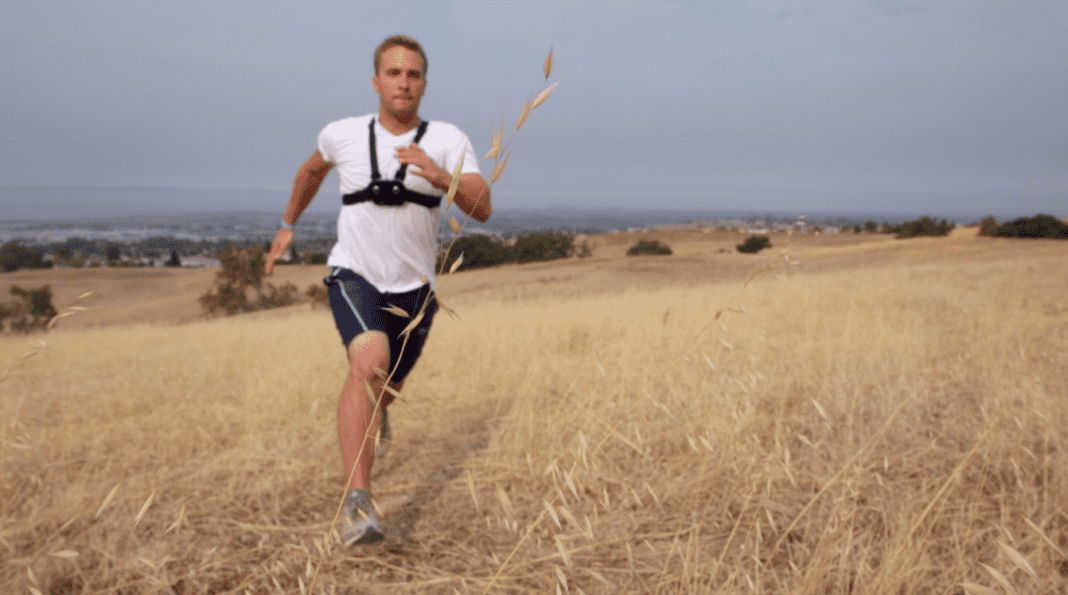For decades humanity has experimented with binocular cameras, trying to reproduce the same sight we have in 3D. One of the first 3D cameras, Verascope f40, came out in 1938. But why hasn’t everybody gotten their own 3D cameras these days to capture their experiences—just as they have with their GoPros?

Three major reasons have kept 3D cameras from GoPro-like mass adoption: availability of viewing devices; sociability of 3D content; and the maturity of 3D technology.
First, until recently the only way to watch 3D content had been through an expensive 3D TV or a side-by-side view-master. As the Virtual Reality industry has ramped up and more head mount displays saturate the market, viewing 3D content has become easier than ever.
Today viewing videos or images captured with 3D cameras or even VR cameras is possible not only on an expensive HTC Vive or Oculus Rift, but also on anybody’s mobile phone with a Google Cardboard. This has drastically increased the devices available for viewing 3D content and allowed you to experience sports as if you are actually performing.

Second, capturing 3D content and viewing it on a 3D TV would allow you, your friends and family to view it, but sharing it with someone remotely or exciting someone to jump into 3D content creation was not possible. Although Virtual Reality, especially mobile VR, allows you to transfer and watch 3D content easily, it is still an isolated experience. However, when you consider that a 3D TV costs thousands of dollars, you now need only a mobile phone and low-cost Google cardboard to view 3D content. And as I believe that VR headsets will replace mobile phones in the future, the options to consume content created by 3D VR cameras will exponentially increase allowing more people to capture spatial dynamic sports content.
Lastly, one of the challenges 3D technology faces, especially 3D displays, is the angle from which the person watches the video on the screen. If you are not standing directly in front of the screen at a 90° angle, the 3D effect does not work and can cause people to feel uncomfortable viewing it. Many companies have tried to make VR content viewable for everyone. Solutions range from shifting screens to segmented depth calibrations to eye tracking paired with customized playback. However, none of these technologies can currently ensure a comfortable and fast viewing experience for 3D content.
This is another area where Virtual Reality headsets provide a much easier solution by literally mounting the screen directly before your eyes and using an accelerometer to adjust the display as you move your head. The additional data coming from the accelerometer provides the feedback needed to directly adjust the 3D, making it comfortable to watch. As VR technology matures, 3D playback will continue to improve.
As we have seen, Virtual Reality can finally provide a scalable platform for 3D content which was never possible before. Outdoor experiences previously captured with GoPros in 2D will be replaced by life-real spatial captions in 3D which feel so real that you cannot differentiate if you are actually doing sports or not.
Now creating fitness content will be as easy as strapping on one of your GoPros, but this time you will feel your heart pumping and sweating while watching it. The more VR is adopted in the coming years, the better the solution for viewing, sharing and displaying 3D content created with 3D cameras. As the VR market becomes saturated with head mounted displays, the market will not be satisfied with purely 2D 360° content, but will demand more and more true 3D content, thus giving 3D cameras the chance to come back in the next 3-5 years from its prematurely-announced demise.

-Han Jin is the Founder & CEO of LUCID, the world’s first 3D point and shoot camera











